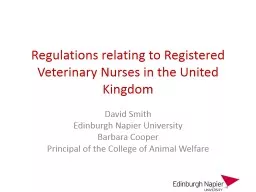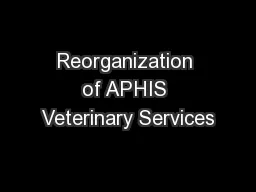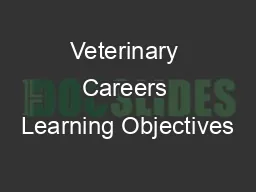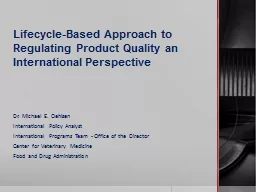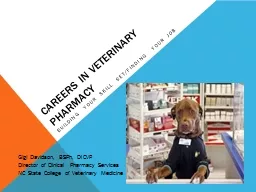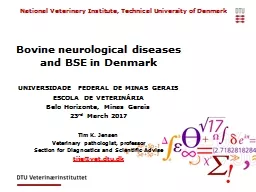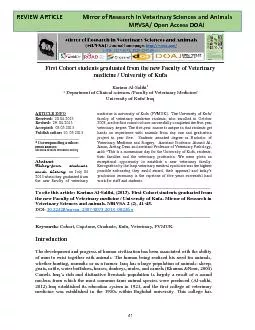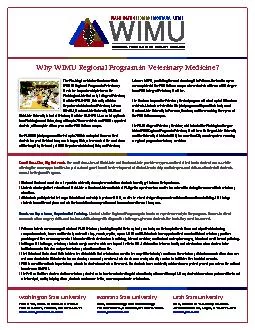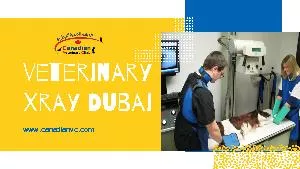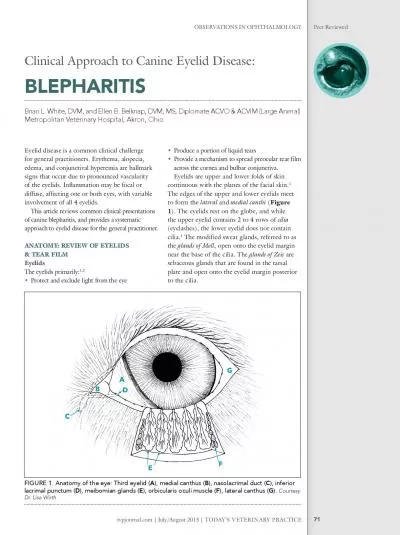PDF-International Journal of Veterinary Science and Research
Author : josephine | Published Date : 2022-09-21
CC By 045 Tagesu A 2018 Examination of feces Int J Vet Sci Res s1 045050 DOI httpdxdoiorg1017352ijvsrs1106Life Sciences Group Manual guidance of veterinary clinical
Presentation Embed Code
Download Presentation
Download Presentation The PPT/PDF document "International Journal of Veterinary Scie..." is the property of its rightful owner. Permission is granted to download and print the materials on this website for personal, non-commercial use only, and to display it on your personal computer provided you do not modify the materials and that you retain all copyright notices contained in the materials. By downloading content from our website, you accept the terms of this agreement.
International Journal of Veterinary Science and Research: Transcript
Download Rules Of Document
"International Journal of Veterinary Science and Research"The content belongs to its owner. You may download and print it for personal use, without modification, and keep all copyright notices. By downloading, you agree to these terms.
Related Documents


